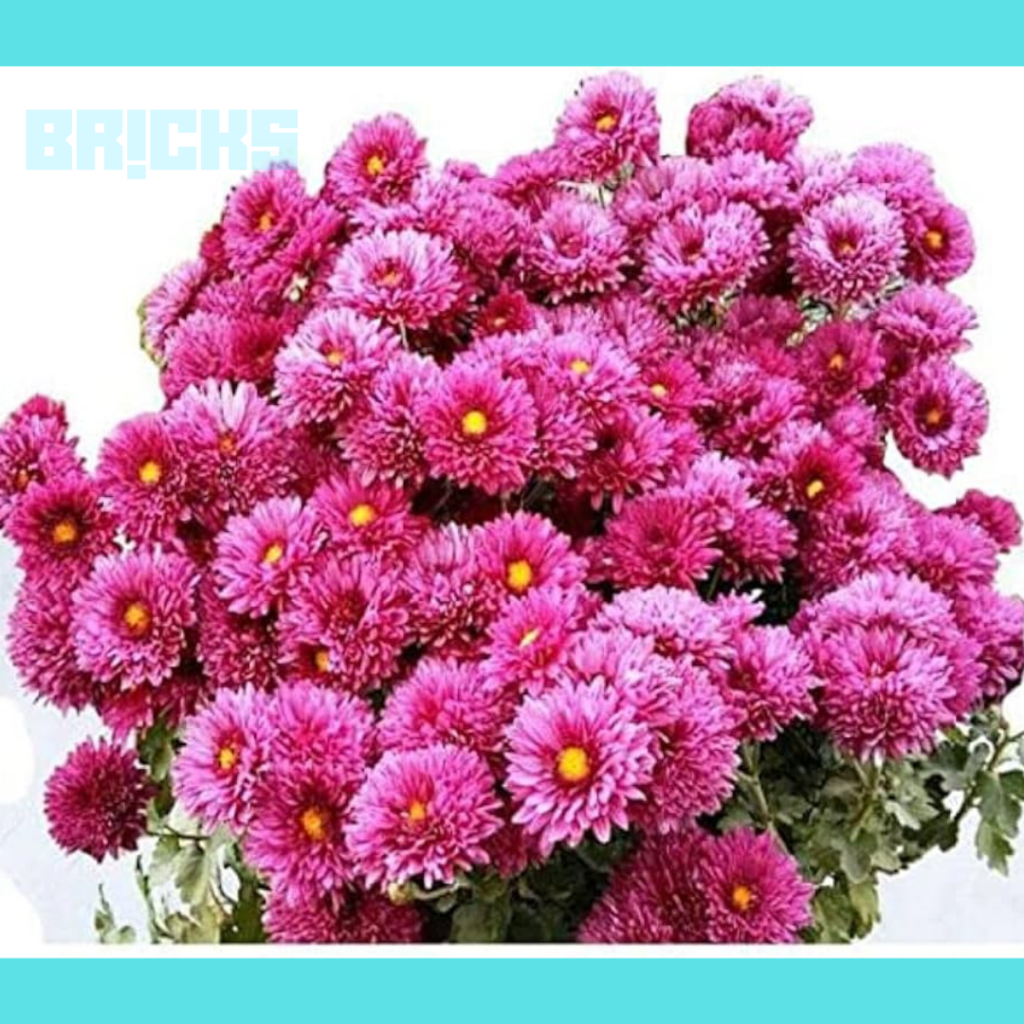This is a thorough guide to home gardening for chrysanthemum or Guldauadi plants, including how to cultivate, care for, and enjoy them. So feel free to use these lovely plants into your interior design.
By offering enticing, vibrant flowers, a chrysanthemum or Guldauadi plant can enhance the beauty and elegance of a balcony garden. The plant is also known by the names shevanti, chrysanths, guldauadi, and sebati. The Guldauadi name is prevalent in India. This blossoming plant is a common sight in most Indian homes. The plant has innumerable variants that come in a wide range of colors—not just one or two. We have discussed growing chrysanthemums, also known as Guldauadi plants, care, advantages, and more in today’s blog.
Quick Facts About Chrysanthemum Plant
Let us explore quick facts about the chrysanthemum plant:
| Particulars | Description |
| Botanical Name | Chrysanthemum |
| Other names for guldauadi plant | mums, chrysanths, guldauadi |
| Family of the plant | Asteraceae |
| Sunlight requirement | Direct or indirect for 6-8 hours |
| Soil Type | Muddy and moist soil |
| Soil pH | Acidic, neutral, alkaline |
| Native Area | East Asia |
How to Grow Chrysanthemum or Guldaudi Plant at Home
The following instructions will let you grow the guldaudi plant from a seedling at home:-
Step 1: Pick a safe location: For the guldaudi plant to grow healthily, it is crucial to select the ideal growing environment. Pick a location that gets five to six hours of direct sunshine, preferably in the morning.
Step 2: Make sure the soil is well drained. A suitable drainage system in the soil is essential for healthy plant growth.
Plant the mum plant in step three: Plant the chrysanthemum 18 to 24 inches apart in the soil.

Another way is by growing chrysanthemums from seeds
Step 1: Get seeds: Get a package of guldauadi seeds from a nearby nursery in order to start the plant from seeds.
Step 2: Keep the seeds in the soil: For germination, place the seeds in a well-drained soil. After covering the seeds with a layer of dirt, sprinkle them with water.
Step 3: Press the Soil: For the proper germination, the soil should be pressed gently to flatten it. Make sure the plant is in a sunny spot.
How to Take Care of Chrysanthemum or Guldauadi Plant at Home
Chrysanthemum maintenance is essential for healthy growth and beautiful flowers:-
- When to plant Guldauadi: Considering bringing the Guldauadi plant—bring it during the monsoon. Should you choose to cultivate it from seed, plant the seeds in September.
- Getting ready for planting: The soil needs to be rich in nutrients, have a pH of 6.0 to 7.0, and be somewhat acidic.
- Watering schedule: Give the plant thorough waterings only when necessary. Water logging can cause root rot, so be careful if it does become a problem.
- Sunshine requirement: Ensure that your Guldauadi plant gets six to eight hours a day in direct sunlight.
- Fertilizer requirements: For a mum plant, a water-soluble fertilizer is ideal. Fertilizer should be fed to the plant every 4-6 weeks.
- Pruning: Not only does pruning help plants grow properly, but it also keeps pests and diseases at bay.
Benefits of Chrysanthemum or Guldauadi Plant
The following are the benefits of the guldauadi plant:-
Health benefits: Because guldauadi has anti-inflammatory and antioxidant qualities, having one at home offers advantages for your health.
Low water requirements: Chrysanthemum plants require relatively little watering, making them extremely easy to manage.
Preserves other plants as well: In addition to bringing color to the landscape, the plant shields other plants on the balcony from pests and illnesses.
A natural air filter: Chrysanthemum plants are a natural air cleanser, according to NASA. The house’s air is purified by the leafy plant.
Wrapping Up Chrysanthemum or Guldaudi Plant
The gorgeous, colorful chrysanthemum, also known as the Guldauadi Plant, is a plant that is simple to grow at home. It is readily available on the market and comes in a variety of colors and kinds. If your chrysanthemum plant is grown indoors, you won’t need to provide it the above-mentioned care.
Also Read: Best Direction For Study Table at Home As Per Vastu















